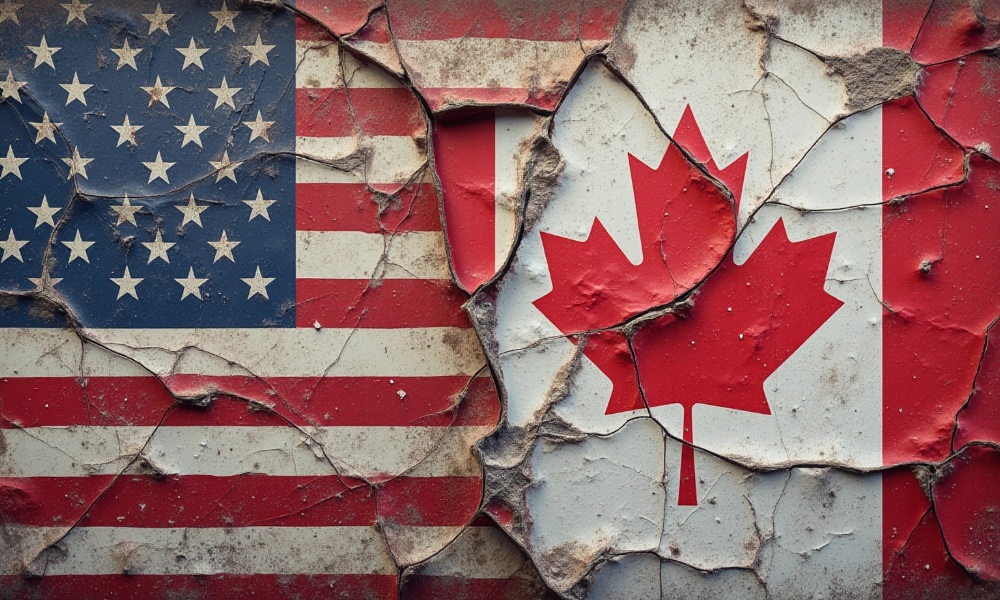Analysts call rate hold a "pause," not the end of easing cycle

The Bank of Canada maintained its benchmark interest rate at 2.75 percent on Wednesday, citing heightened uncertainty surrounding US trade policies, inflation pressures, and economic fragility.
A Financial Post report highlighted that the decision aligns with the expectations of most economists, though some market participants had hoped for a cut.
“The major shift in direction of US trade policy and the unpredictability of tariffs have increased uncertainty, diminished prospects for economic growth, and raised inflation expectations,” the central bank said in its announcement.
Royce Mendes, managing director and head of macro strategy at Desjardins Capital Markets, told Financial Post that the hold was anticipated. “Despite a number of market participants looking for a cut, the decision was in line with our view and that of the majority of forecasters,” he said.
CIBC Capital Markets chief economist Avery Shenfeld described the move as a “pause,” not the conclusion of the easing cycle. He pointed to the bank’s outlook, which included two possible trade scenarios: a limited tariff impact keeping inflation near 2 percent, and a prolonged trade war leading to recession and inflation above 3 percent by 2026.
CBC reported that, in the first scenario, most tariffs are rolled back through negotiations, causing GDP to stall in Q2 before a moderate rebound. Inflation would dip to 1.5 percent before returning to the 2 percent target.
The second scenario assumes a prolonged global trade war, leading to a year-long Canadian recession and inflation rising to 3.5 percent by mid-2026. Bank of Canada Governor Tiff Macklem warned this outcome would be “painful,” potentially bankrupting exporters, raising unemployment, and forcing households to cut spending. US tariffs would permanently reduce Canada’s potential output and lower the country’s standard of living, Macklem noted.
Shenfeld also questioned the bank’s assessment of the output gap. “A zero or tiny gap is, in our view, inconsistent with the elevated level of unemployment,” he said. If GDP contracts in the second quarter, he added, the bank could feel “more pressure to respond with a rate cut” at its June meeting.
TD Economics senior economist James Orlando said the bank’s messaging could have been interpreted as a prelude to a rate cut. “It highlighted the downside risks to the economy, with both scenarios showing a level of weakness that is deserving of further rate cuts,” he said. Orlando cited sluggish home and retail sales and rising unemployment as signs of a weakening economy.
“[Macklem] has clearly laid open the possibility of getting a lot more aggressive if the economy deteriorates substantially,” noted Douglas Porter, chief economist at BMO Capital Markets, in comments he shared with CBC.
Mendes of Desjardins suggested there may be “scope for central bankers to make a big splash” at the June policy meeting, potentially including a 50-basis-point cut if economic indicators worsen.
Oxford Economics analysts said their forecast aligns more closely with the bank’s scenario of a prolonged trade dispute, with a potential year-long recession. However, they cautioned against expecting rates to fall below 2.25 percent without clearer direction on trade and fiscal policy.


